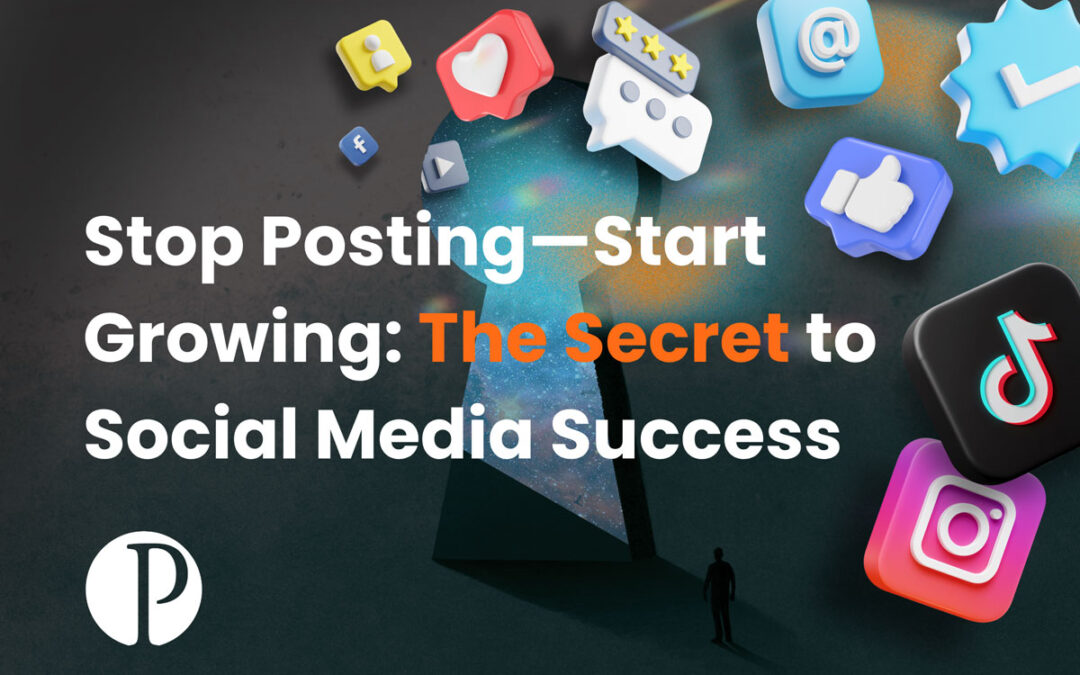Small businesses are common offenders when it comes to violating copyright laws. Just this week I received an email from a local business featuring images that still held the copyright watermark from the stock photography site (clearly they had not paid for the images).
Finding photos to use on websites and social media can be challenging and the temptation to use any old photo that comes up in Google image search is strong, but it’s important to resist the temptation! Here are some tips for staying on the right side of copyright law when marketing your business:
1) Use original photography that you paid a professional to do, or did yourself whenever possible.
Your website and social media will look all the better for having original photography!
2) Be aware that images of people (even if you took the picture) may require a release from that person to be used.
If in doubt, have them sign a model release. That is especially important if the picture(s) are of children. Managing model releases and keeping those documents on file is something that your agency (if you have one) will likely do for you, as long as they were directing the photography.
3) Always ask permission before using a customer or client’s photos.
If they email you an image of themselves wearing your business t-shirt at a cool location and say, “This might be fun for your Facebook.” Great, use it. Do not take that same picture off of their personal Facebook and use it on your business page without asking first.
4) Learn about public domain, creative commons, and stock photography.
There’s a time and place for each one of them! For example did you know that photos taken by military photographers are automatically in the public domain and free to use? There are great images of American Flags and historical sites that are perfect for 4th of July and Memorial Day messages. But what’s in the public domain varies depending on the country of origin, so it’s important to do your research even if the image seems “old enough.” Here is a great resource for understanding public domain.
Creative Commons is a topic unto itself, and we’ll likely devote a blog post or two to it in the future. Creative Commons allows people to choose to allow their work to be used as long as credit is given. However there are different types of restrictions that remain on CC licensed works, so again, always double check. It’s also important to note that you MUST attribute works under a CC license.
Stock photography can be a great and affordable solution for situations where you need images and the cost of hiring a photographer and model exceeds your budget.
5) If in doubt, don’t use it.
The old saying “it’s better to ask forgiveness than permission” does not apply to copyright law. It’s always better to be cautious.
Disclaimer: This Blog/Web Site is made for educational purposes only as well as to give you general information and not to provide specific legal advice.








